Home>Garden Essentials>What Is The Definition Of A Green Space
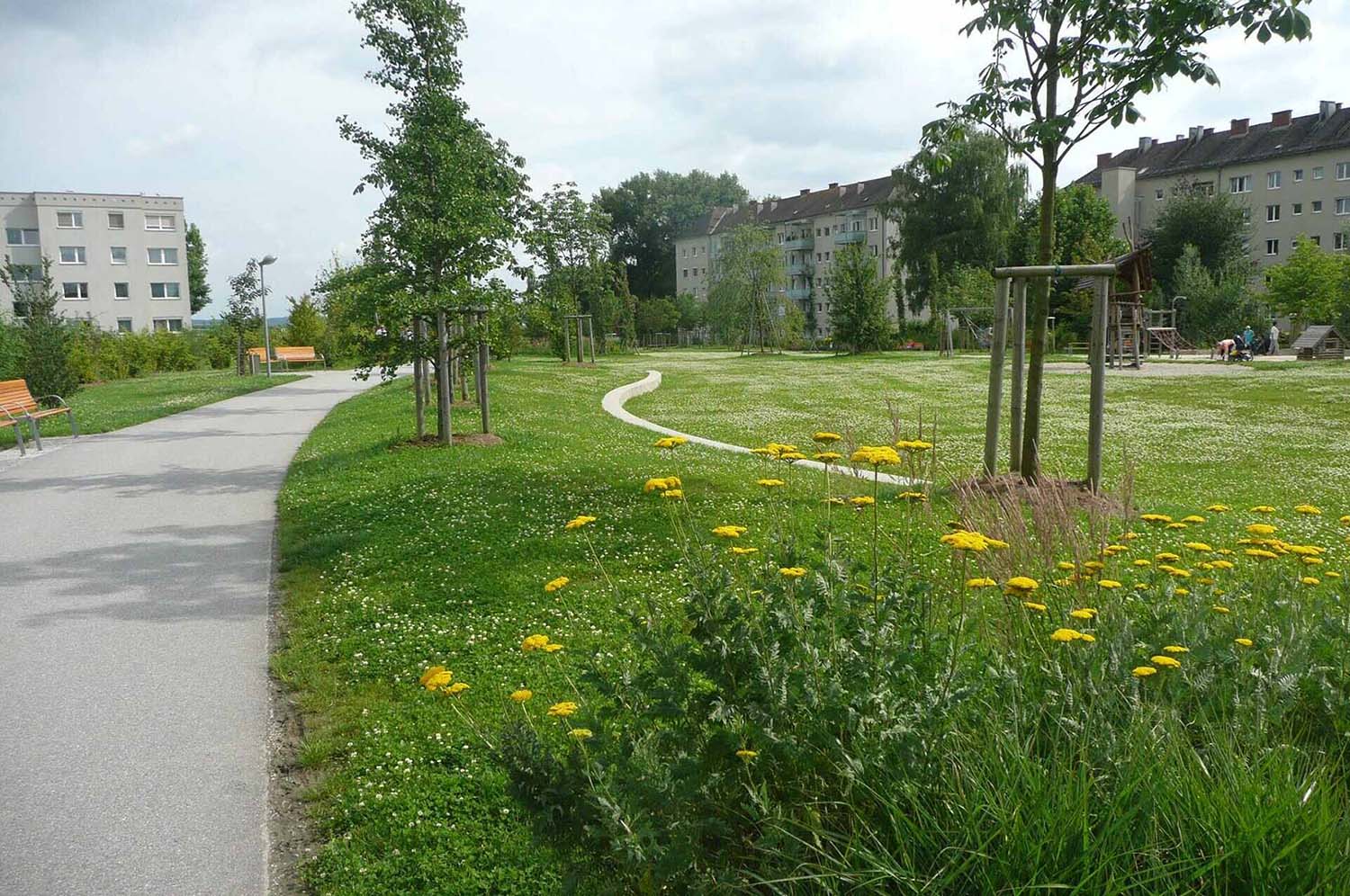

Garden Essentials
What Is The Definition Of A Green Space
Modified: March 7, 2024
Discover the meaning of a green space with our comprehensive guide. From gardens to parks, learn how to create and enjoy these natural oases.
(Many of the links in this article redirect to a specific reviewed product. Your purchase of these products through affiliate links helps to generate commission for Storables.com, at no extra cost. Learn more)
Introduction
Welcome to the wonderful world of green spaces! In our fast-paced modern lives, it is easy to get caught up in the concrete jungle and forget about the beauty and tranquility that nature offers. Green spaces, also known as open spaces or public parks, play a crucial role in bringing nature into our urban environments.
But what exactly is a green space? In simple terms, it refers to any area predominantly covered with vegetation, such as trees, shrubs, grass, and flowers. These spaces can be found in various forms, ranging from small neighborhood parks to large botanical gardens or even vast natural reserves.
The purpose of green spaces goes beyond just providing an aesthetically pleasing environment. They offer a sanctuary for people to escape the hustle and bustle of city life and reconnect with nature. Whether you’re strolling through a park, having a picnic under a shady tree, or practicing yoga on a grassy field, green spaces can have a profound impact on our physical, mental, and emotional well-being.
In this article, we will explore the definition of green spaces, highlight their importance, delve into the numerous benefits they offer, provide examples of famous green spaces around the world, and discuss the challenges involved in maintaining these precious natural areas.
Key Takeaways:
- Green spaces are areas filled with plants and trees, offering a peaceful escape from city life and providing benefits like improved mental and physical health.
- Maintaining green spaces can be challenging due to funding, urban development, and climate change, but it’s crucial for the well-being of communities and the environment.
Read more: What Is The Definition Of Class A Glassware
Definition of a Green Space
A green space, as the name suggests, is an area that is primarily covered by vegetation and designed for public use and enjoyment. It is a space that offers respite from the concrete jungle and provides an opportunity for people to connect with nature.
Green spaces can come in various forms and sizes, ranging from small city parks to expansive gardens, botanical reserves, and even natural wilderness areas. These spaces are intentionally created or preserved to ensure the conservation and promotion of biodiversity and the well-being of communities.
Green spaces are typically characterized by lush vegetation, including trees, shrubs, flowers, and well-maintained lawns or meadows. They often feature amenities such as walking paths, benches, playgrounds, and recreational facilities. Some green spaces may also include bodies of water, such as ponds or lakes, which further enhance their beauty and ecological value.
While green spaces are commonly associated with urban areas, they can also exist in suburban and rural settings. In urban environments, green spaces can range from small pocket parks found in residential neighborhoods to larger public parks located within city centers. These green areas are crucial for maintaining a healthy balance between built environments and the natural world.
Green spaces can be publicly or privately owned, with public green spaces being accessible to all community members. These spaces often play a vital role in promoting social interaction, community engagement, and recreational activities. They serve as gathering places for individuals and families to relax, exercise, play, and connect with others.
Furthermore, green spaces contribute to the overall quality of life in communities. They provide a space for individuals to engage in physical activity, which is essential for maintaining a healthy lifestyle. Spending time in green spaces has been linked to reduced stress levels, improved mental well-being, and enhanced cognitive function.
Overall, the definition of a green space encompasses any area that is filled with vegetation and designed for public enjoyment and ecological preservation. These spaces serve as essential havens of nature in our urbanized world, offering a multitude of benefits to individuals and communities alike.
Importance of Green Spaces
Green spaces are not just aesthetically pleasing, but they also play a vital role in enhancing the overall well-being of individuals and the health of urban environments. Here are some key reasons why green spaces are important:
1. Environmental Benefits: Green spaces contribute to the ecological health of cities by mitigating the impact of urbanization. They help absorb carbon dioxide, reduce air pollution, and provide habitats for wildlife. Trees and vegetation in green spaces act as natural filters, improving air quality and reducing the heat island effect.
2. Mental and Emotional Well-being: Spending time in green spaces has been proven to reduce stress levels and improve mental well-being. Being surrounded by nature can have a calming effect, promoting relaxation and restoring cognitive function. Green spaces provide a sanctuary for individuals to escape the noise and chaos of urban life, offering a sense of peace and tranquility.
3. Physical Health Benefits: Green spaces encourage physical activity and promote a healthier lifestyle. They provide opportunities for walking, jogging, cycling, and various recreational activities. Regular physical activity in green spaces can help improve cardiovascular health, boost immunity, and reduce the risk of chronic diseases like obesity and diabetes.
4. Social Interaction and Community Engagement: Green spaces serve as gathering places for communities, fostering social interaction and community engagement. They provide a venue for individuals to connect with one another, engage in group activities, and build social relationships. Public events and programs held in green spaces create a sense of belonging and strengthen community bonds.
5. Educational and Learning Opportunities: Green spaces offer educational and learning opportunities for people of all ages. They provide a hands-on experience with nature, allowing individuals to learn about plants, wildlife, ecosystems, and environmental conservation. Green spaces often host educational programs, workshops, and guided tours to enhance environmental awareness and promote sustainable living.
6. Economic Benefits: Green spaces add economic value to communities. They enhance property values, attract tourism and investment, and contribute to local businesses. The presence of well-maintained green spaces can boost the appeal of a neighborhood and contribute to a higher quality of life for its residents.
In summary, green spaces are essential for the ecological, physical, mental, and social well-being of individuals and the overall health of urban areas. It is important to recognize the value of green spaces and take steps to preserve and create more of these precious natural havens in our cities.
Benefits of Green Spaces
Green spaces offer a multitude of benefits that positively impact individuals, communities, and the environment. Here are some of the key benefits of having green spaces:
1. Improved Physical Health: Green spaces provide opportunities for physical activity and exercise. Engaging in activities such as walking, jogging, or playing sports in these areas can contribute to improved cardiovascular health, increased fitness levels, and enhanced overall well-being. Additionally, exposure to natural settings has been shown to lower blood pressure and reduce the risk of developing chronic diseases.
2. Mental and Emotional Well-being: Spending time in green spaces has a calming effect on the mind, reducing stress and improving mental health. Being surrounded by nature can help alleviate anxiety and depression, boost mood, and enhance cognitive function. Green spaces provide a place for relaxation, rejuvenation, and finding solace away from the pressures of daily life.
3. Social Interaction and Sense of Community: Green spaces serve as gathering points for communities, creating opportunities for social interaction and building strong community bonds. People can come together and engage in various activities such as picnics, sports, and cultural events, fostering a sense of belonging and unity. These shared experiences help in creating resilient and connected communities.
4. Biodiversity and Ecological Balance: Green spaces provide habitats for various plant and animal species, supporting biodiversity within urban areas. They offer a refuge for birds, insects, and other wildlife, contributing to the ecological balance of the ecosystem. Green spaces also play a crucial role in preserving native flora and fauna, as well as providing food and shelter for pollinators.
5. Improved Air Quality: Vegetation in green spaces acts as natural air filters, helping to reduce air pollution. Plants absorb carbon dioxide and release oxygen, improving the air quality in their surroundings. They also trap and filter dust, pollutants, and other harmful particles, resulting in cleaner and healthier air for people to breathe.
6. Climate Regulation: Vegetation in green spaces plays a significant role in regulating temperature and mitigating the Urban Heat Island effect. Trees provide shade, reducing the intensity of heat in urban areas and lowering energy consumption. Green spaces help in creating a more comfortable and sustainable environment, especially during hot summer months.
7. Aesthetically Pleasing and Positive Psychological Impact: Green spaces contribute to enhancing the visual appeal of urban landscapes. The presence of trees, flowers, and well-maintained vegetation creates a pleasing environment that brings joy and happiness. This visual beauty positively impacts mental well-being and promotes feelings of positivity and contentment.
Overall, green spaces offer a wide range of benefits that address physical, mental, social, and environmental aspects. It is essential to recognize and prioritize the creation and maintenance of green spaces in our communities to maximize these benefits and create healthier, happier, and more sustainable living environments.
Green spaces are areas of land that are covered with grass, trees, or other vegetation. They provide a place for people to relax, exercise, and connect with nature. Examples include parks, gardens, and community green areas.
Examples of Green Spaces
Green spaces can be found all around the world, from sprawling urban parks to hidden botanical gardens. Here are a few notable examples of green spaces that have captured the hearts and minds of people:
- Central Park, New York City: Located in the heart of Manhattan, Central Park is one of the most famous urban green spaces in the world. Spanning over 840 acres, it offers a peaceful retreat from the bustling city. Central Park features lush landscapes, meandering pathways, lakes, and a variety of recreational facilities, attracting millions of visitors each year.
- Keukenhof Gardens, Netherlands: Known as the “Garden of Europe,” Keukenhof Gardens is a stunning display of colorful flowers, particularly tulips. Located near Lisse, the garden spans over 79 acres and showcases over 7 million flowers in various hues. Keukenhof Gardens is a beloved destination for visitors who flock to witness the breathtaking beauty of the tulip fields and explore the intricately designed garden landscapes.
- Yosemite National Park, California: Yosemite National Park is a vast wilderness area renowned for its majestic waterfalls, towering granite cliffs, and ancient sequoia trees. Spanning over 1,100 square miles in the Sierra Nevada mountains, this national park is a haven for nature enthusiasts and offers numerous hiking trails, camping sites, and opportunities to observe diverse wildlife in their natural habitat.
- Singapore Botanic Gardens, Singapore: As a UNESCO World Heritage Site, the Singapore Botanic Gardens is a pristine 82-hectare garden oasis in the heart of the city-state. It houses a magnificent collection of plants, including over 10,000 species, and is home to the breathtaking National Orchid Garden, which showcases thousands of orchid varieties. The gardens provide a tranquil space for visitors to relax, explore nature, and learn about horticulture.
- Hyde Park, London: Spanning over 350 acres, Hyde Park is one of London’s largest and most iconic green spaces. It is a popular destination for locals and tourists alike, offering a range of activities such as boating on the Serpentine Lake, picnicking on the lawns, and attending concerts and events. Hyde Park is also home to famous landmarks, including Speaker’s Corner and the Diana, Princess of Wales Memorial Fountain.
These examples represent just a fraction of the incredible green spaces found worldwide. Each one has its unique charm, showcasing the natural beauty of their respective regions and providing a much-needed respite from the urban environment.
Whether it’s exploring the grandeur of Central Park, immersing oneself in the vibrant tulip fields of Keukenhof Gardens, experiencing the awe-inspiring landscapes of Yosemite National Park, marveling at the orchids in Singapore Botanic Gardens, or enjoying the serenity of Hyde Park, green spaces offer a gateway to nature’s wonders, capturing our imagination and nurturing our connection with the natural world.
Read more: What Are PUD Zoning Definitions?
Challenges in Maintaining Green Spaces
Maintaining green spaces comes with its own set of challenges that need to be addressed to ensure their sustainability and long-term benefits. Here are some common challenges faced in maintaining green spaces:
1. Funding and Resources: One of the primary challenges is securing adequate funding and resources for the maintenance and upkeep of green spaces. Limited budgets can restrict the ability to provide proper care, regular maintenance, and necessary upgrades to infrastructure and facilities within these areas.
2. Urban Encroachment and Land Pressure: As cities grow and expand, the pressure on available land increases. Green spaces often face the threat of urban encroachment, with developers eyeing these areas for construction projects. It is important to strike a balance between development and preservation to protect these valuable natural spaces.
3. Climate Change and Extreme Weather Events: Climate change poses a significant challenge to the sustainability of green spaces. Rising temperatures, increased frequency of extreme weather events, and water scarcity can impact the health and survival of plants and wildlife in these areas. Efforts to adapt and mitigate the effects of climate change are crucial for the long-term preservation of green spaces.
4. Invasive Species and Pest Management: Green spaces are vulnerable to invasive plant species and pests that can threaten the native vegetation and disrupt the ecosystem balance. Effective management strategies, including early detection and appropriate control measures, are necessary to mitigate the impacts of these invasive species.
5. Maintenance Expertise and Workforce: Maintaining green spaces requires skilled professionals with expertise in horticulture, landscaping, and natural resource management. Recruiting and retaining a qualified workforce can be challenging, especially in areas with limited resources or competing job opportunities.
6. User Management and Activities: Balancing the needs and expectations of diverse user groups can be demanding. Green spaces must cater to various activities and recreational interests while ensuring the protection and preservation of the natural environment. Managing issues such as noise, waste management, and conflicts between different users can be complex.
7. Sustainability and Environmental Considerations: Green spaces should be managed in a sustainable and environmentally responsible manner. This includes implementing green infrastructure practices, such as water conservation methods, using organic fertilizers, and adopting sustainable landscaping techniques to minimize the ecological footprint and enhance the overall resilience of these areas.
8. Community Engagement and Participation: Engaging the local community is crucial for the successful maintenance of green spaces. Building partnerships with community organizations, involving residents in decision-making processes, and encouraging volunteer participation can strengthen the sense of ownership, leading to greater appreciation and support for these spaces.
Despite the challenges faced, maintaining green spaces is vital for the well-being of individuals and the overall health of cities. By recognizing and working towards overcoming these challenges, we can ensure that green spaces continue to thrive, providing numerous benefits to the environment, communities, and future generations to come.
Conclusion
Green spaces are much more than just areas filled with vegetation—they are essential components of our urban environments that provide numerous benefits to individuals, communities, and the environment. These spaces offer a respite from the concrete jungle and an opportunity to reconnect with nature, improving physical health, mental well-being, and fostering social interaction.
Throughout this article, we have explored the definition of green spaces and their importance in our lives. We have delved into the multitude of benefits they offer, including improved air quality, climate regulation, and the promotion of biodiversity. Green spaces also provide valuable educational and learning opportunities, enhance the visual appeal of urban environments, and contribute to the economic well-being of communities.
Examples such as Central Park, Keukenhof Gardens, Yosemite National Park, Singapore Botanic Gardens, and Hyde Park serve as inspirations, showcasing the beauty and diversity of green spaces around the world. These spaces have captivated the hearts of people and become treasured destinations for relaxation, recreation, and connection with nature.
However, maintaining green spaces comes with its own set of challenges, such as funding constraints, urban encroachment, climate change impacts, invasive species, and maintaining a balance between the needs of various user groups. Overcoming these challenges requires dedicated efforts, proper management strategies, community engagement, and sustainable practices to ensure the longevity and vitality of green spaces.
In conclusion, green spaces play a vital role in enhancing the quality of life in our urban environments. They offer a sanctuary where individuals can find peace, engage in physical activities, and foster a stronger sense of community. Green spaces contribute to a healthier and more sustainable future, and it is imperative that we recognize their value, protect existing spaces, and create new ones to meet the evolving needs of our cities.
So next time you find yourself surrounded by the beauty of a green space, take a moment to appreciate the tremendous benefits it provides, and remember to do your part in taking care of these precious natural havens for generations to come.
Frequently Asked Questions about What Is The Definition Of A Green Space
Was this page helpful?
At Storables.com, we guarantee accurate and reliable information. Our content, validated by Expert Board Contributors, is crafted following stringent Editorial Policies. We're committed to providing you with well-researched, expert-backed insights for all your informational needs.
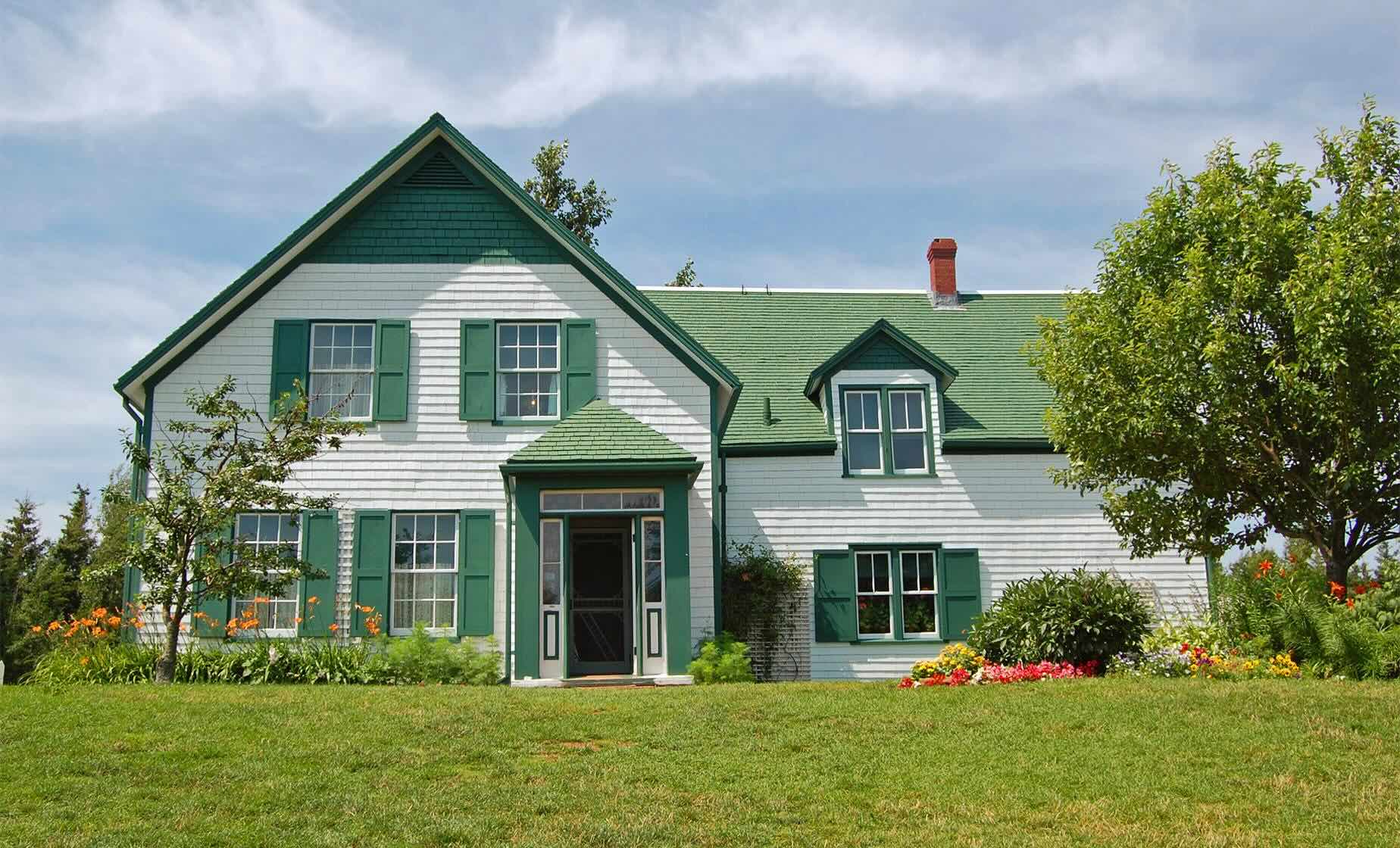
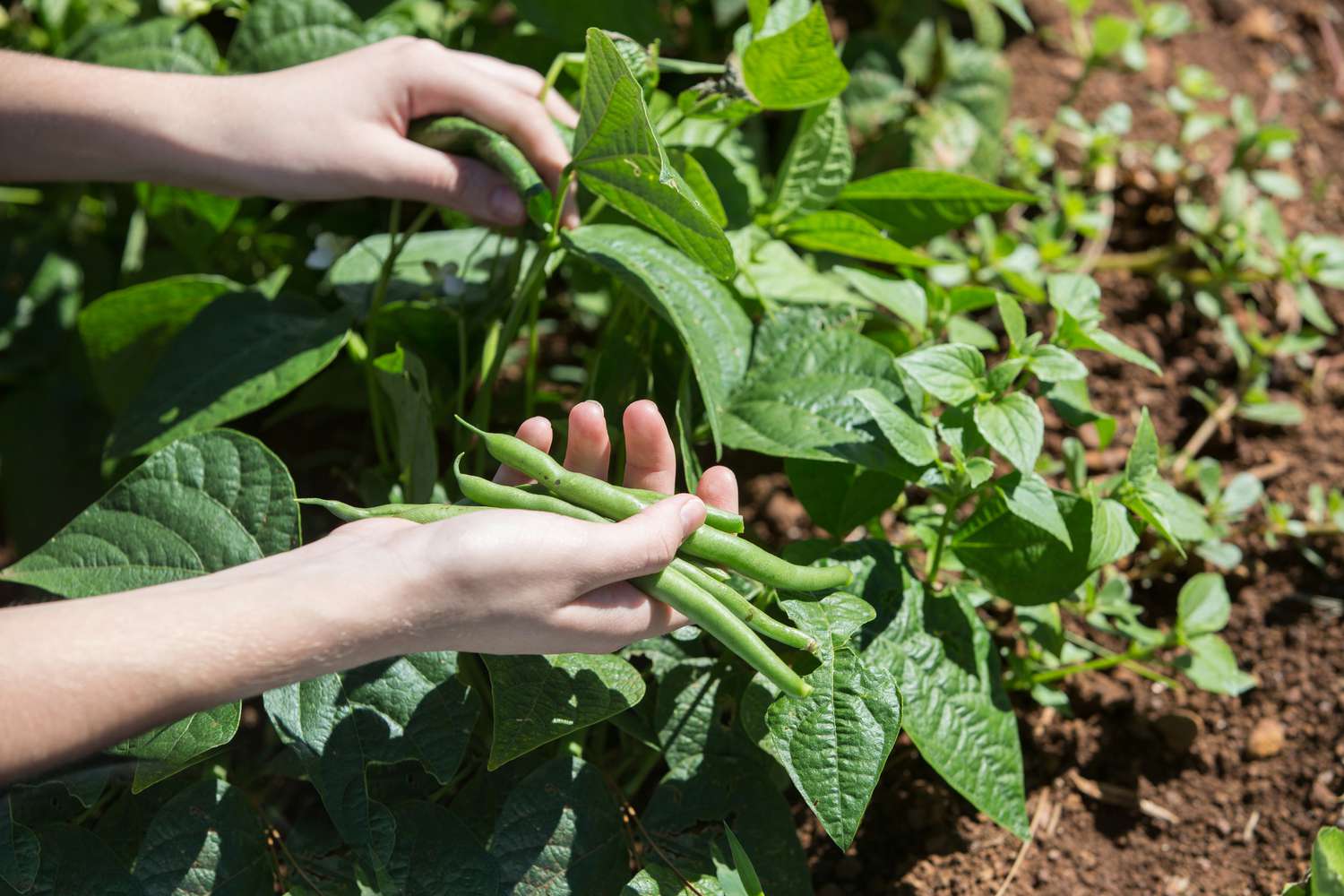
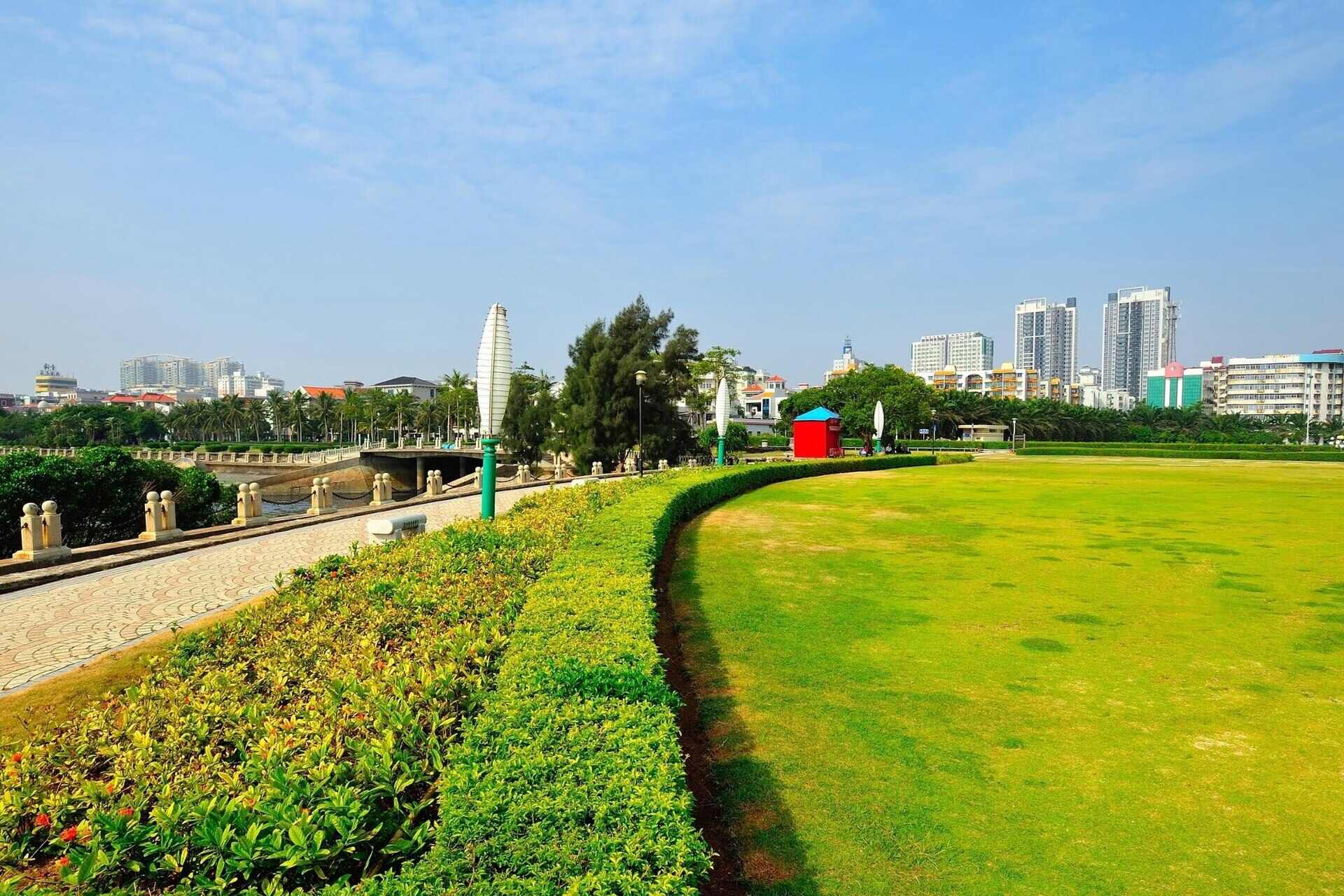



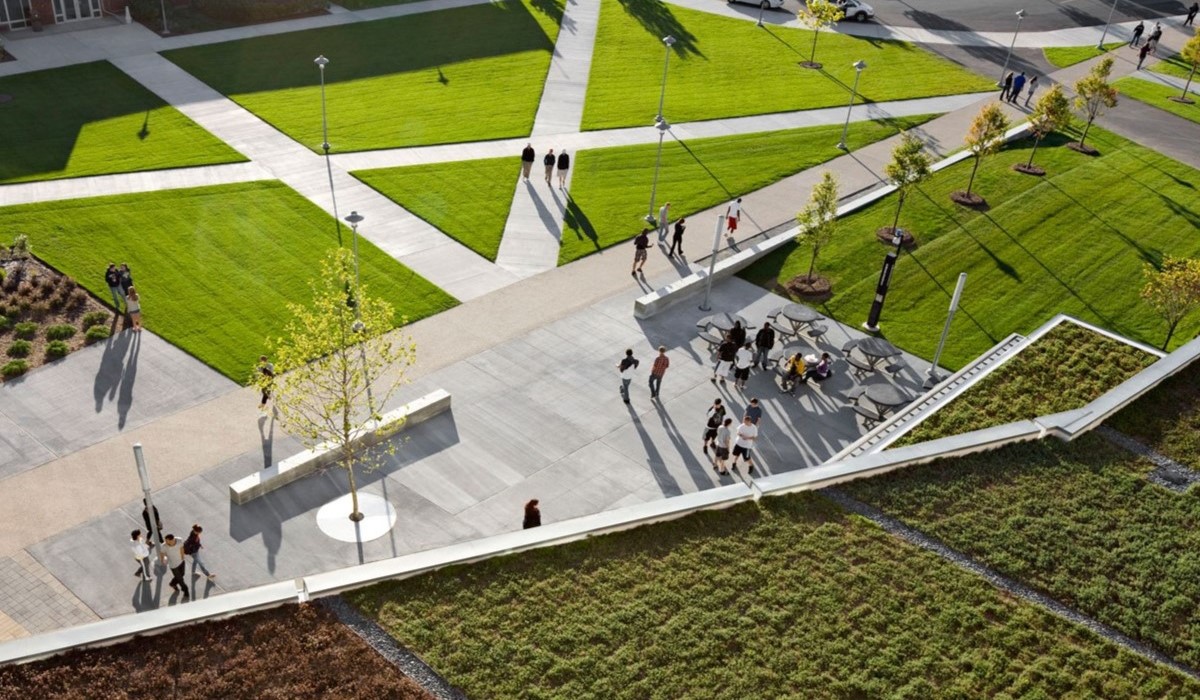
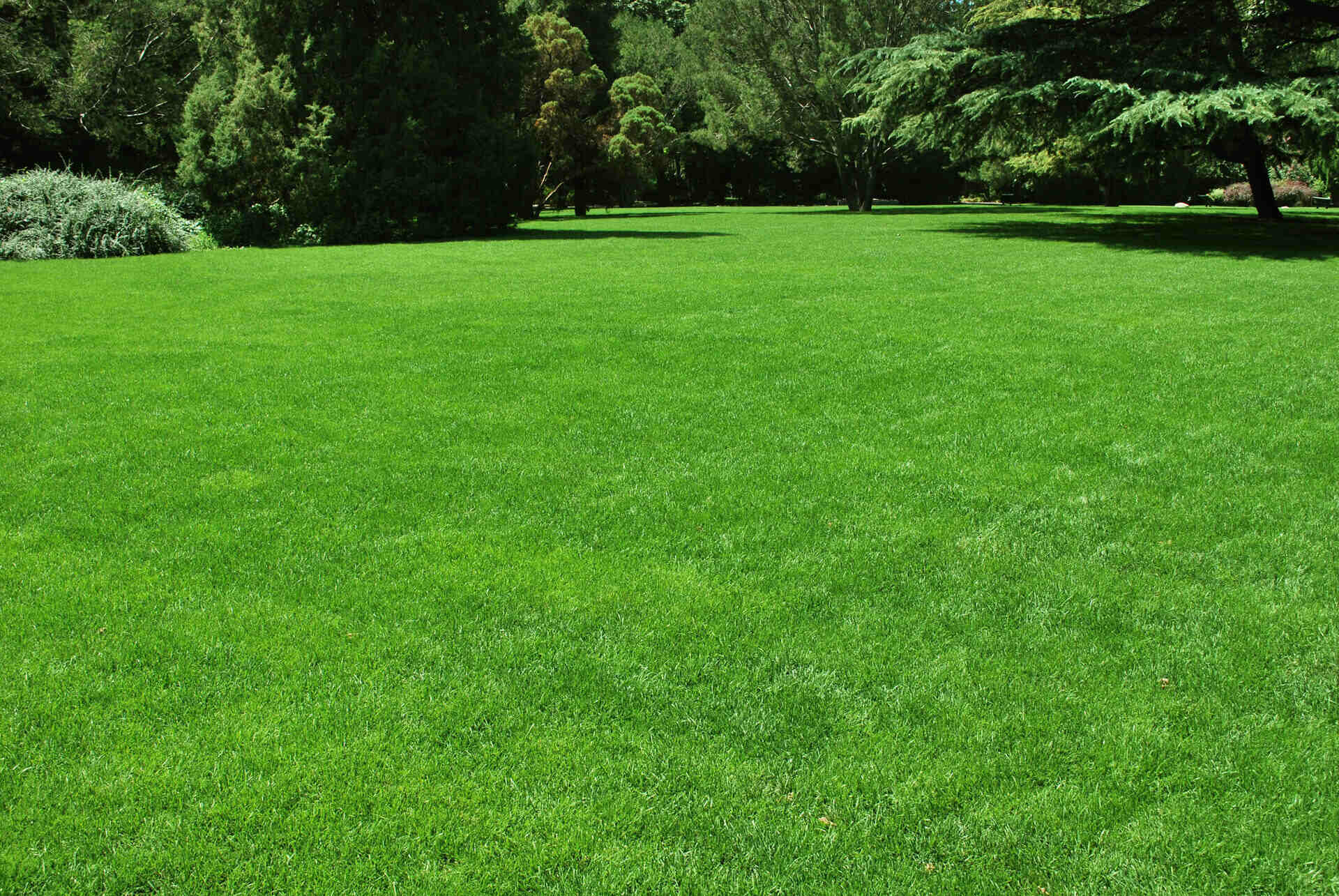

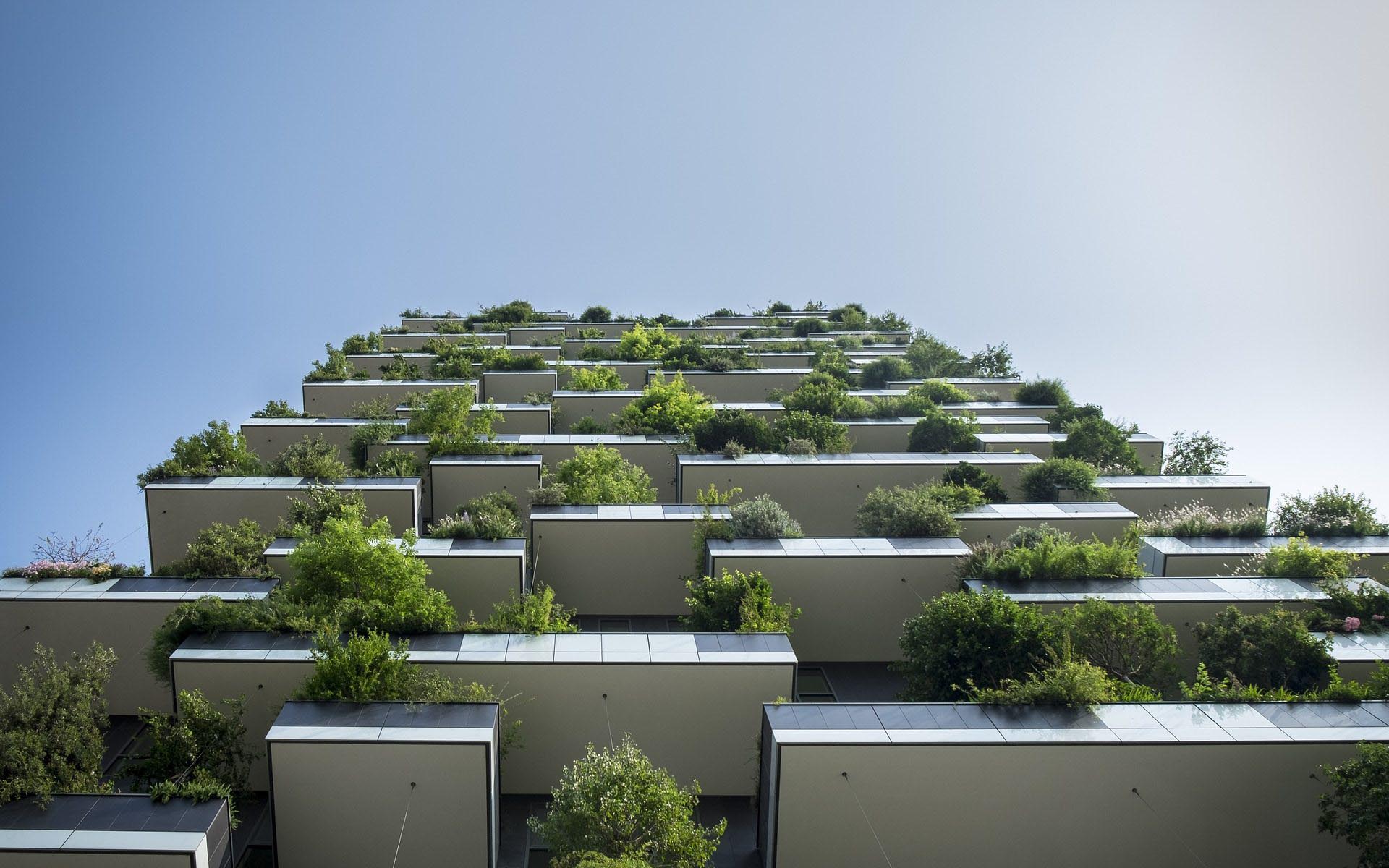


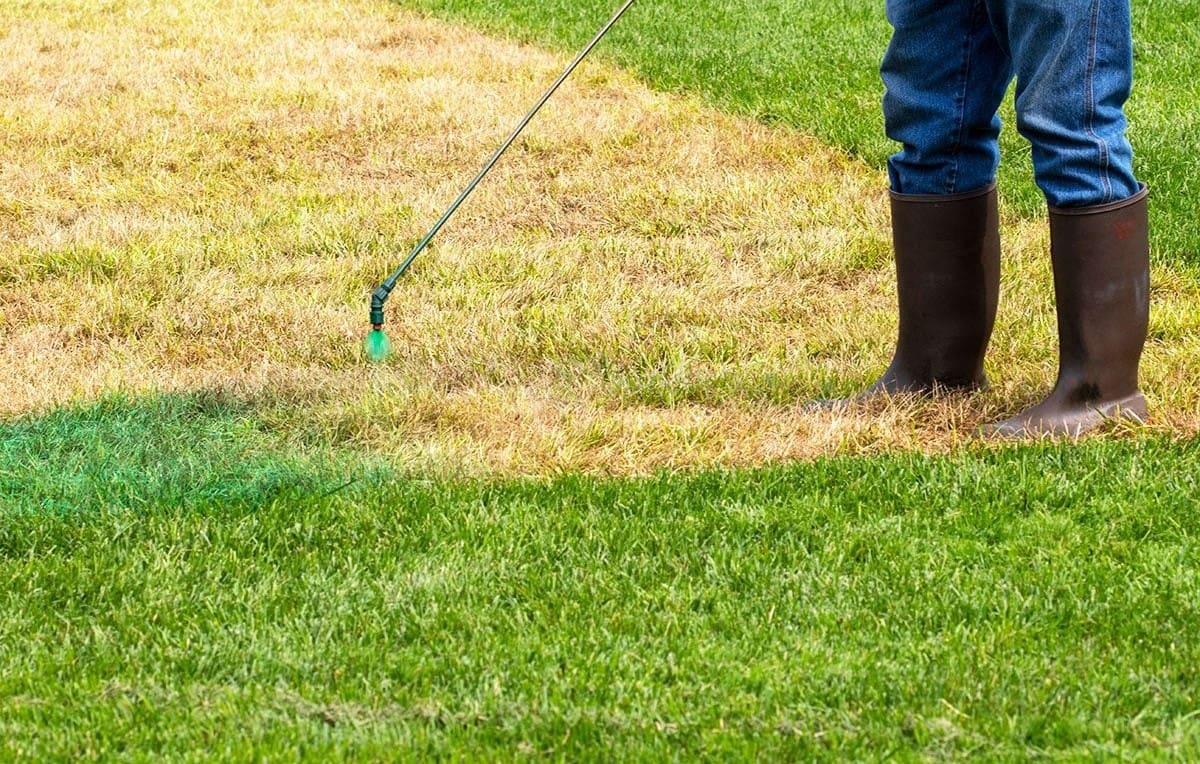
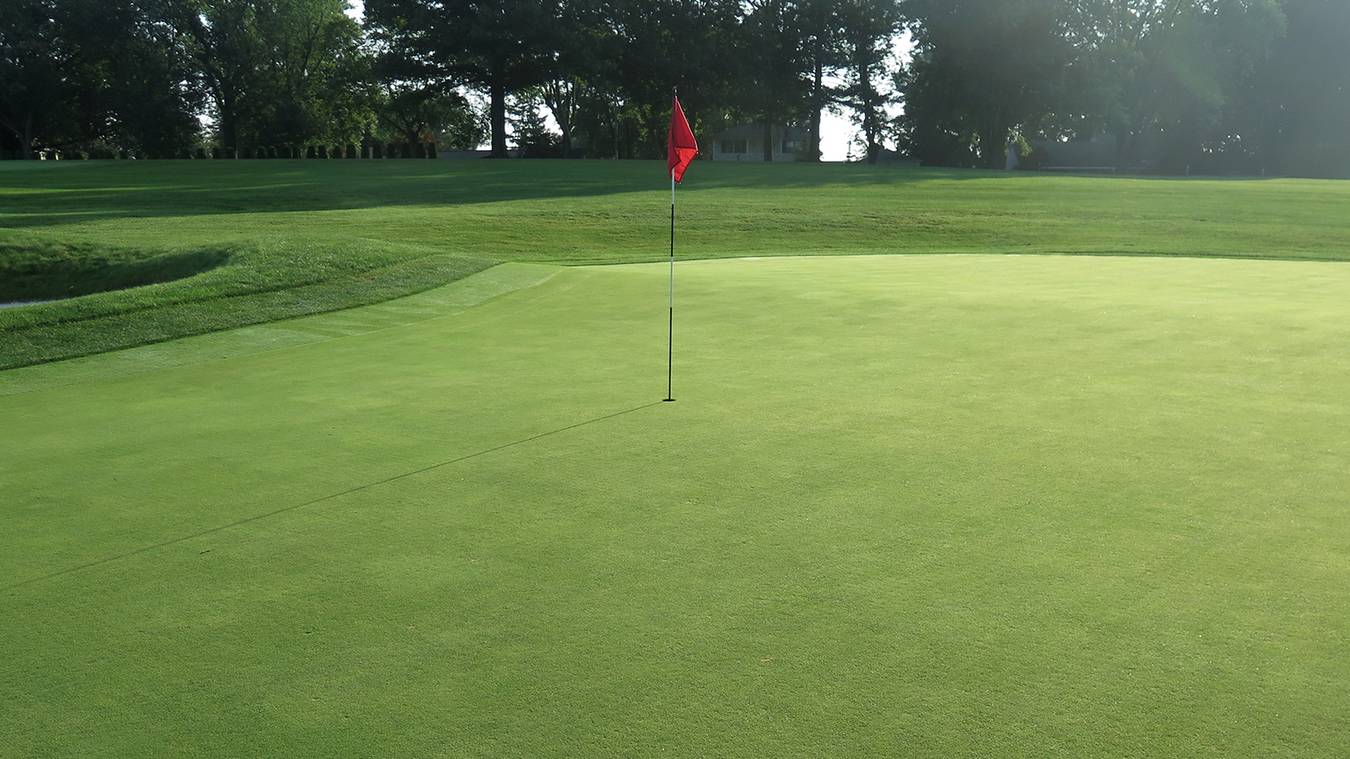

0 thoughts on “What Is The Definition Of A Green Space”